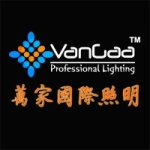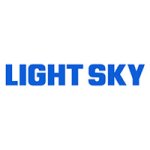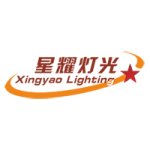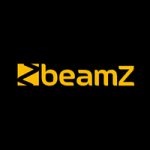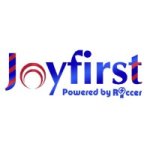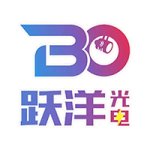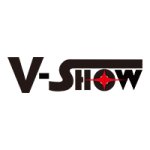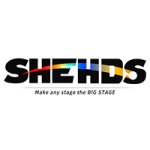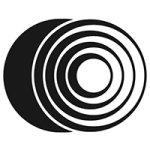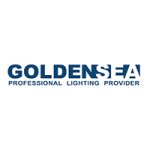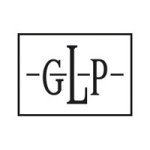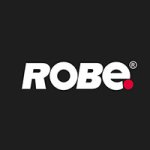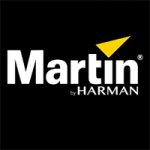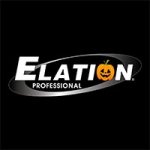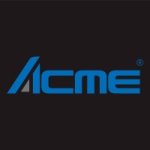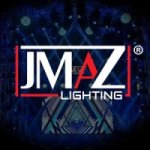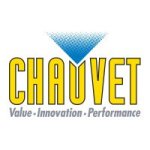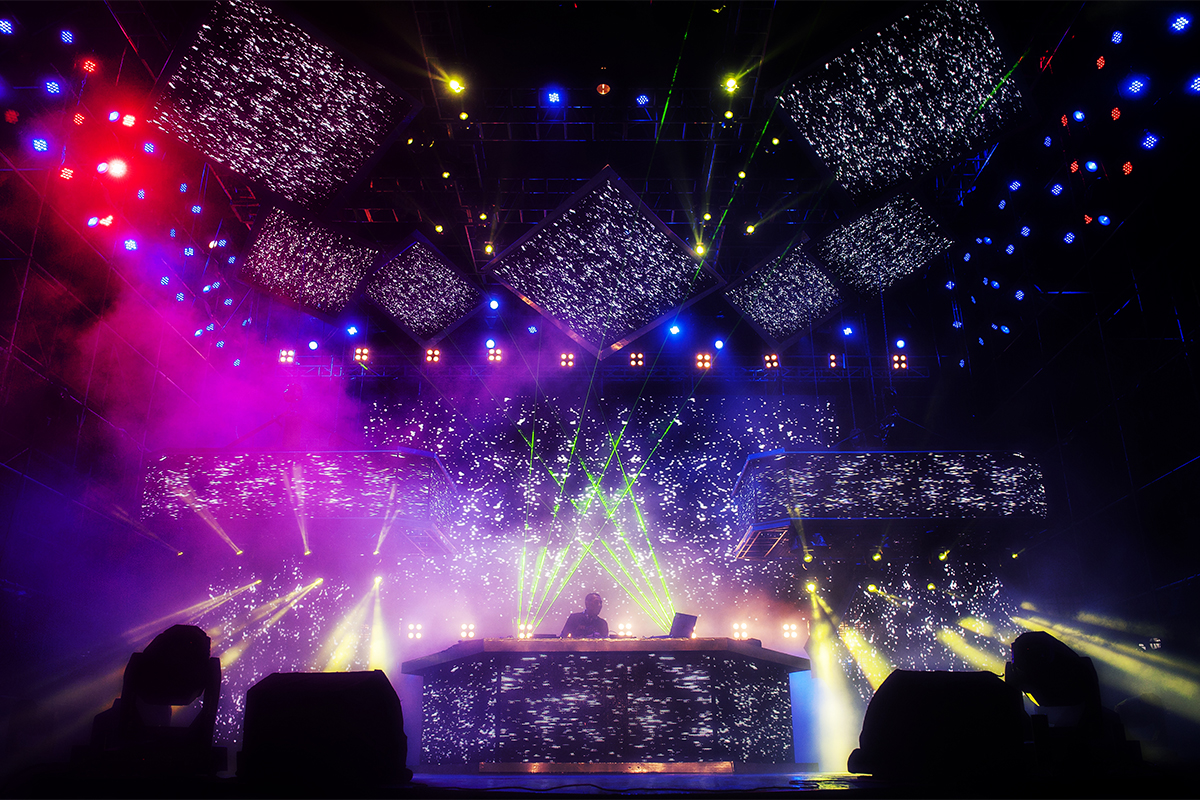
DJ lighting is an integral part of the overall atmosphere in nightclubs, parties, weddings, and other events where DJs entertain the audience with music. It actively contributes to the overall experience in various settings by introducing dynamic and visually captivating elements. This integration of music and lighting enhances the enjoyment of the audience, particularly in nightclub and party settings where the atmosphere is designed to be lively, energetic, and entertaining. DJ lighting introduces dynamic elements that evolve and change in real-time, creating a visually dynamic experience. This dynamic dimension includes moving lights, changing colors, and various lighting effects that synchronize with the music being played by the DJ. The use of flood and spot lights, moving head lights, strobes, lasers, and other effects contributes to a visually rich and engaging environment. The captivating visuals serve to grab the attention of the audience and maintain their interest throughout the performance. By combining music with synchronized lighting effects, the experience becomes multisensory, appealing not only to the auditory senses but also to the visual senses. The synergy between music and lighting creates a more immersive and enjoyable atmosphere.
DJ lighting involves the strategic use of various lighting techniques to enhance the visual experience during a DJ performance. These techniques aim to create a dynamic and engaging atmosphere, synchronize with the music, and contribute to the overall energy of the event. Beat synced lighting can involve changing colors, flashing, or pulsating in time with the rhythm, creating a dynamic and visually exciting experience. Strobe lighting produces rapid flashes of light. DJs often use strobe effects during high-energy moments in the music to add excitement and intensity to the dance floor. Color wash involves flooding the dance floor or stage with a wash of colored light. This technique can create different moods and atmospheres by changing the color palette in sync with the music. Gobo projections add branding or unique visual elements to the lighting design. Spotlighting is used to highlight specific areas or performers on the stage. Patterned lighting involves creating intricate and dynamic patterns with the use of moving lights, gobos, or pixel mapping systems. This technique adds complexity and visual interest to the lighting design. Cyclorama lighting involves illuminating the backdrop or rear wall of the stage. This can create depth, enhance visual effects, and contribute to the overall atmosphere. Interactive DJ lighting systems respond to external stimuli, such as music, sound, or audience engagement. Lights can change color or intensity in real-time, creating a dynamic and responsive lighting environment.
LED lighting has become a go-to choice for DJs looking to enhance the visual aspects of their performances while maintaining flexibility and efficiency in their setups. LED lights are known for their energy efficiency. This is particularly important for DJ setups, where multiple lights may be used for extended periods. Their long lifespan reduces the need for frequent replacements, contributing to the overall efficiency of DJ setups. DJs appreciate the portability and flexibility provided by compact LED lights in dynamic performance settings. Instant On/Off and smooth dimming Control makes it possible to create an immersive and dynamic experience for the audience. LED lighting offer a wide spectrum of color options and precise color mixing capabilities. This allows DJs to create dynamic and customizable lighting effects, matching the mood or theme of the music being played. The ability to change colors instantly enhances the visual experience for the audience. The dynamic lighting effects such as strobing, color-changing options, and pattern projections add excitement and visual impact to DJ performances. Digital addressable LED lights support dynamic chase and animation effects. DJs can use pixel mapping software to assign specific colors or effects to each LED pixel in a fixture. This pixel mapping capability allows for the creation of detailed and synchronized lighting displays that complement the music and overall atmosphere of the event. Sequences of lighting changes, flashes, and movements can be programmed to synchronize with the rhythm of the music, creating visually engaging and synchronized lighting displays. LED DJ lights are compatible with DMX (Digital Multiplex) control systems. This compatibility enables seamless integration with other lighting equipment and allows DJs to control their LED fixtures using a standard lighting control protocol. Remote control and programmability provide real-time control over the lighting environment.
There are various types of DJ lighting equipment designed to enhance the visual experience of performances and events. Each type serves specific purposes and contributes to creating a dynamic and engaging atmosphere. DJs use moving head lights to sweep across the dance floor, follow performers, or create dynamic patterns. Laser lights produce highly focused beams of light. DJs use lasers to create intricate patterns and aerial effects that add a visually captivating element to the performance. Spotlights are employed to create focal points within the DJ setup. By illuminating specific areas such as the DJ booth, equipment, or certain features of the venue, spotlights draw attention and provide a central focus for the audience. By directing a focused beam onto the DJ booth or the DJ's performance area, spotlights make the DJ a visual centerpiece of the show, enhancing the connection between the performer and the audience. Gobo projectors project custom patterns or logos (gobos) onto surfaces, adding a personalized touch to the lighting design. Strobe Lights: produce rapid flashes of light, creating a strobing effect. They are often used to add energy and intensity to the music. Black lights emit ultraviolet (UV) light to illuminate fluorescent and UV-reactive materials. They are often used for creating a glowing or psychedelic effect. DJs can harness the power of digital addressable LED strip lights, LED pixel dots and LED pixel bars to create immersive and visually stunning lighting designs that complement the music and enhance the overall experience for the audience. Interactive LED lighting in DJ setups creates a dynamic and immersive experience by responding in real-time to external stimuli, music, or user input.



